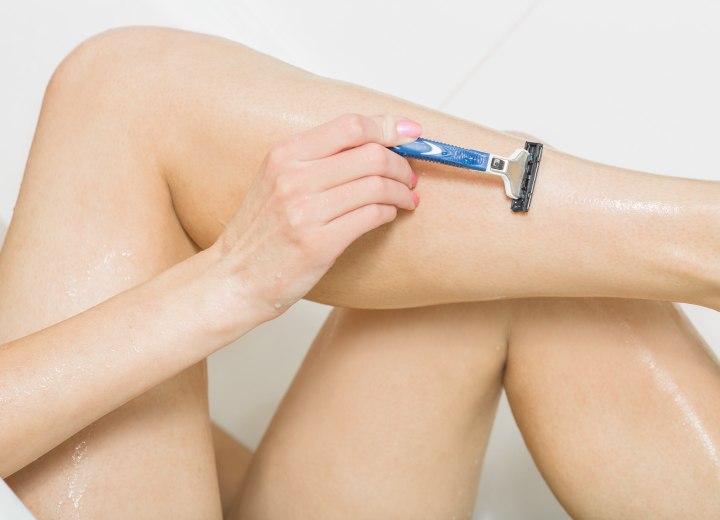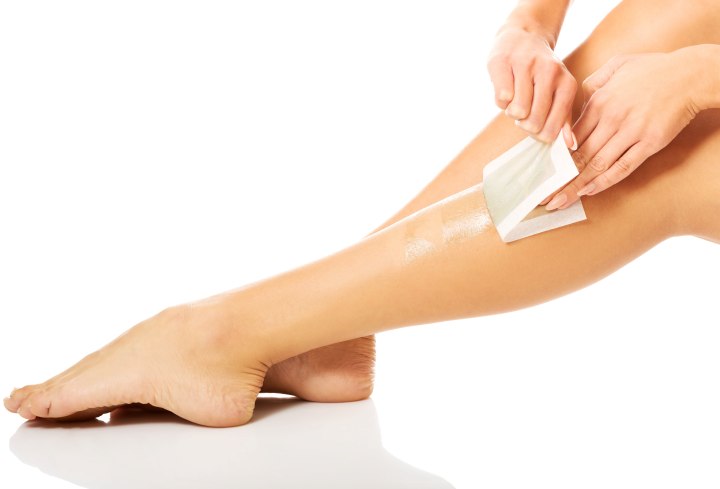Removing Unwanted Hair

There are dozens of methods for removing hair from places where it is unwanted, and these methods break down into two main categories - temporary and permanent.
Temporary Hair Removal:
As the name itself implies, these methods of hair removal give results which last only short periods of time and must be repeated often (usually within days).
Contrary to popular belief, shaving does not cause hair to grow back thicker and darker. A clinical study was published in the Anatomical Journal in December 1928 by M. Trotter which proved that shaving hairs did not lead to the growth of thicker hair.
Depilatories: These are usually creams, powders and lotions containing chemicals which dissolve the hair at the skin's surface. They, too, are inexpensive, fast and usually painless. But, like shaving the effects are short-lived, though they usually require repeating only every two to three days to maintain a smooth feel. There is also a risk (especially in sensitive people) to skin irritation and chemical burns.
Friction: This is a less common method for hair removal because it has limited effectiveness. It is best used for fine hairs on the legs. A rough surface (usually rough strips attached on a mitt or glove) is used to buff away the hair at the skin's surface. It also has the advantage that is exfoliates the skin in the process.
It is also inexpensive, with short-lived results and usually must be repeated every few days to maintain smoothness. Care must be taken to avoid rubbing the skin too hard so as to prevent abrasions and irritation.
There are temporary methods with results that last longer than a few days. They are:
Tweezing: Tweezing the hair involves the use of metal forceps to pull hairs from the skin by the root, singly or a few at a time. It is generally used for very small areas of hair removal, such as the eyebrows or stray hairs on the face. The process is too painful and much too slow for most women to consider using the method as a means of removing hair from larger areas like the legs or sensitive places like the bikini area. If done improperly, it can cause pitting and scarring of the skin's surface.

The process can be messy and can be difficult to get the desired consistency. Many women find the process painful, and you must be careful to avoid infecting the skin.
Sugaring: Sugaring is almost identical to waxing. It uses a very thick, sticky paste (which traditionally consists of sugary ingredients, hence the name) that is applied to the skin and covered with a strip of fabric or heavy paper. The strip is then pulled away quickly, taking the hair with it. It is inexpensive and fast, but can leave hairs broken, be messy and is just as painful as waxing.
Continue reading ...